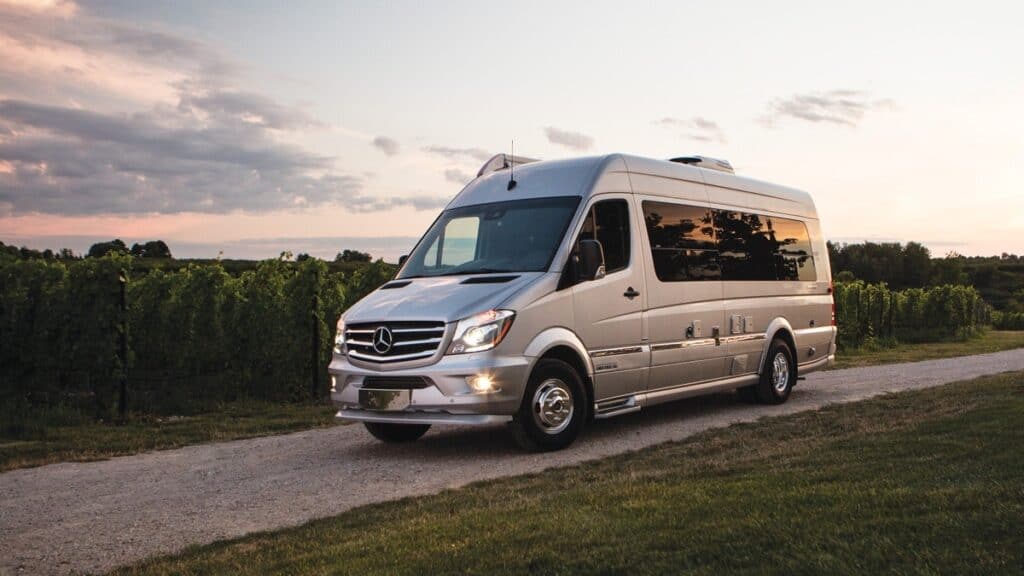As expected, sales for RVs declined in March as the world started feeling the effects of COVID-19 and the coronavirus pandemic. Though no one in the industry expected that the numbers released by the RVIA would show otherwise, the 121% increase for March and 46% year-to-date increase in sales of the Class B motorhome were a bit of a surprise, despite the recent surge in the Class B market.
Class B motorhomes, often referred to as camper vans, have been steadily on the rise for several years. Two primary factors have pushed their growth. Improvements in technology and equipment have made it much easier to outfit a Class B motorhome. Flat, lightweight televisions and monitors are easy to place almost anywhere in the camper van cabin. Refrigeration and battery technology have improved greatly, allowing campers to ditch bulky and dangerous propane systems in favor of more living space.

The introduction of several new chassis configurations by Mercedes, Ford, and FCA mark the second biggest improvement in this genre. The Mercedes Sprinter chassis provides a well-known diesel platform that appeals to the masses, while Ford’s Transit platform offers exceptional car-like operation for new RVers young and old.
The Ram PROmaster chassis does the same for FCA, attracting new RV enthusiasts with great fuel economy, power, and safety features. Winnebago Industries apparently agrees, adding the Ram PROmaster chassis to the Mercedes Sprinter in their lineup and increasing their share of the Class B market.
With an average length of about 20 feet, anyone can easily drive a Class B.
Younger RVers, perhaps previously intimidated by a larger motorhome but wanting more than a simple towable, are gravitating toward the chic and trendy camper van platform. It doesn’t hurt that a Class B camper van can double as a second vehicle or grocery getter, and is a great way for involved parents to handle long hours at the soccer field, band competitions, and kid’s track meets.
Popular online forums that cater specifically to the Class B market have seen growth too, providing emerging RVers with a source of knowledge and camaraderie. Both the Class B Forum and Winnie Owners forums have seen an uptick in interest that corresponds with the rising popularity of the Class B motorhome.

The modern camper van has come a long way.
The overall driveability and liveability of today’s Class B RV also make it a great home base for active campers desiring to get into some of the smaller spaces present in many state and national parks. Access to hiking trails and lakefront sites in some of these parks, particularly older and well-established ones, are often limited to smaller vehicles.
Class B motorhomes are also seeing growth on the backside of established RVer life cycles, becoming the choice of many looking to downsize from their larger Class A motorhome. Having spent years traveling in a motorhome with all of the niceties, older RVers are willing to give up size, not features.
Refined features like Murphy beds and tankless hot water heaters save space and increase efficiency. LED lighting provides bright, low-power light while leaving plenty of room for USB outlets and solar connectivity. You get all the features of a modern efficiency apartment wrapped in a familiar and reliable SUV-like platform that anyone can drive.
As EV technology branches from its Tesla roots and permeates the truck and van market, expect the Class B motorhome to benefit and defy numbers again.
